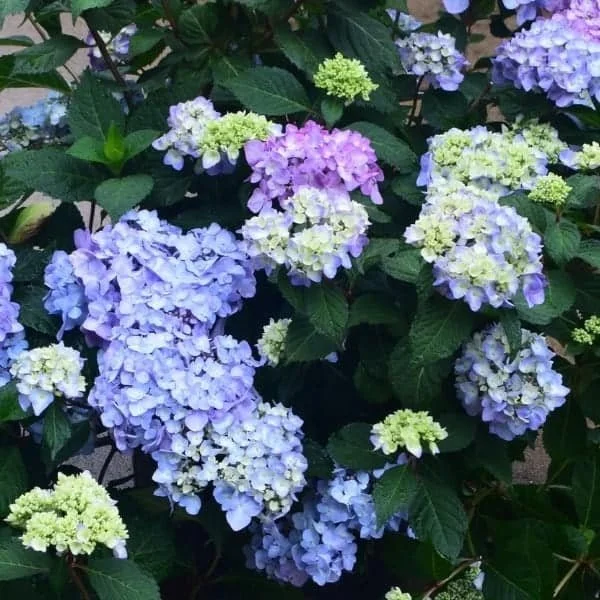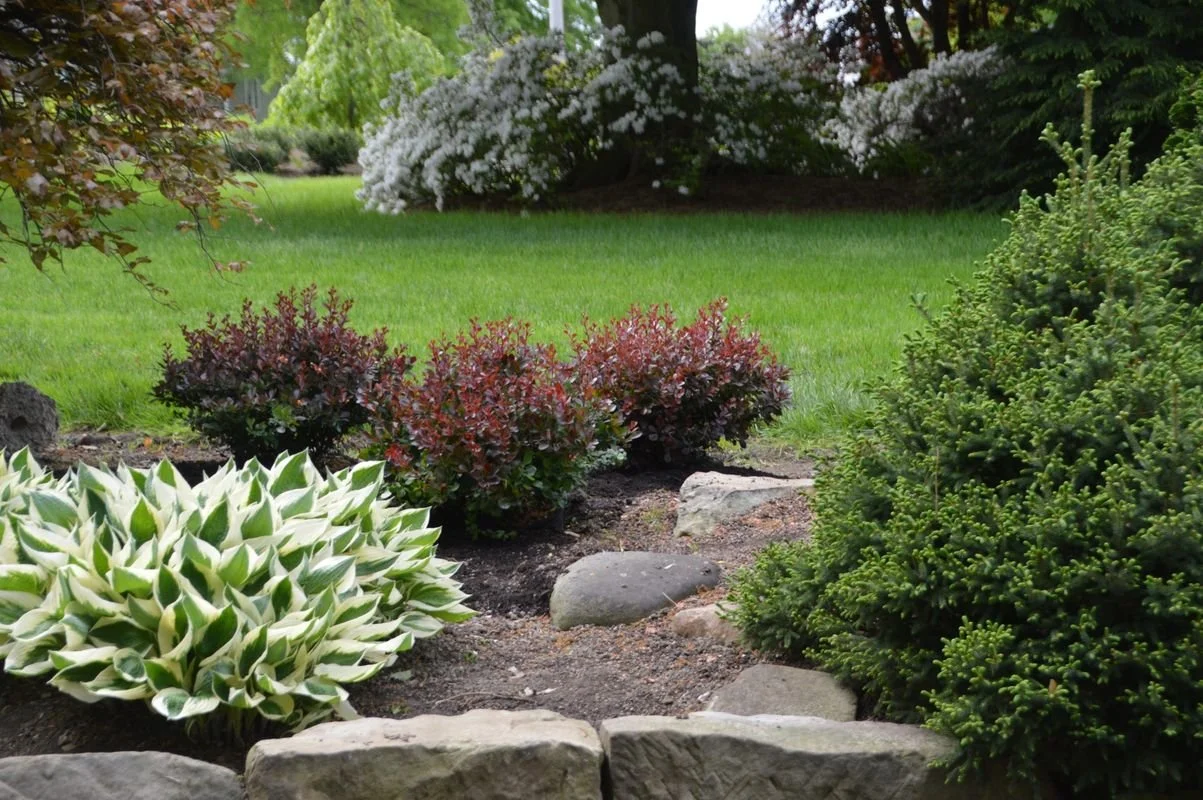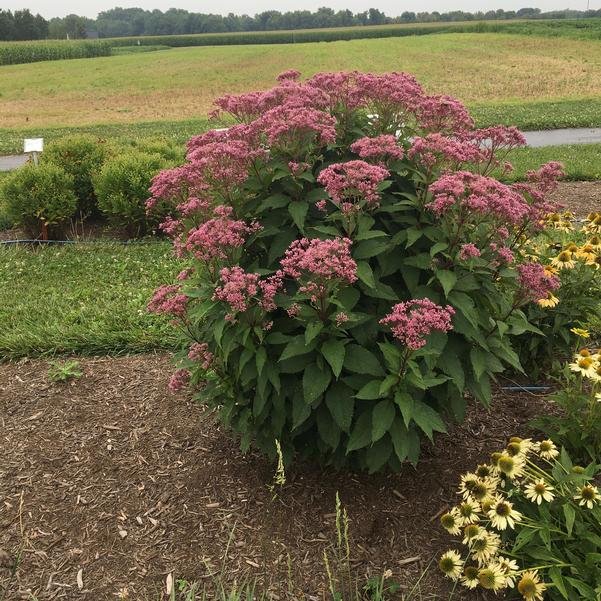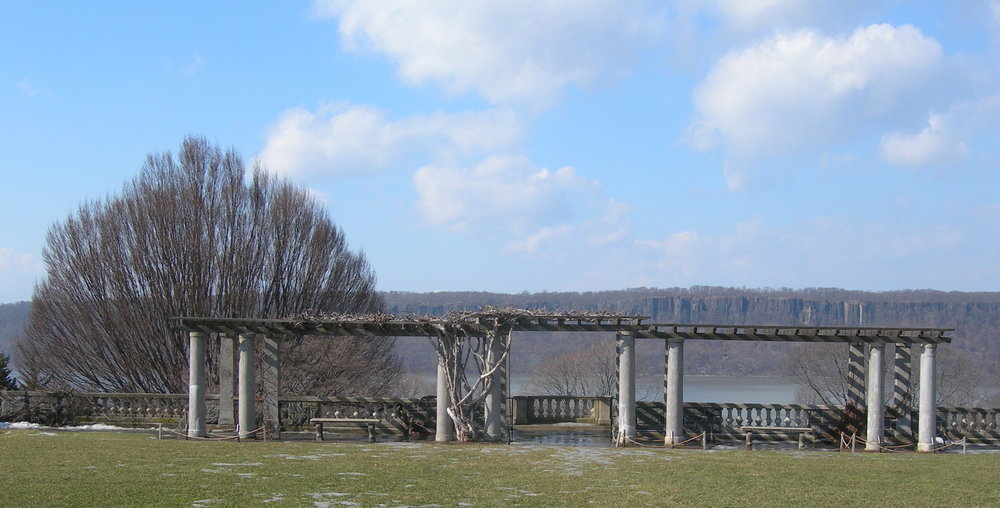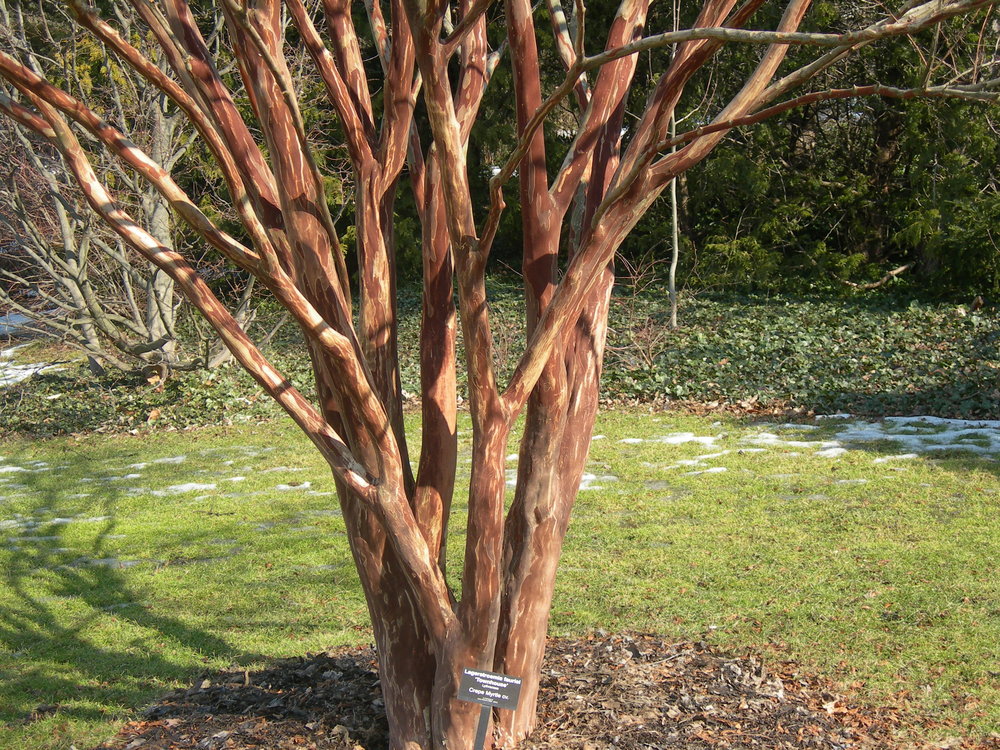This cultivar is not new by any means, having been on RHS Chelsea Flower show’s Short List in 2013. But its new to the US trade and is an introduction by Plants Nouveau. Their founder, Treadwell-Palmer, likes this new catmint variety because of its exceptionally long bloom time – running non-stop from May until September most years. “It blooms and blooms all summer,” she says. “The upright, deep-lavender blooms are held high above the grass-green foliage and never flop, even in the worst of storms. We admire its ability to ‘keep it fresh’ even in the heat and humidity of summer as other Nepeta varieties tend to fade.” Plants grow 15 to 18 inches tall and do best in full sun.
The new cultivar is a product of chance discovery by the inventor. This new variety, hereinafter referred to as ‘SUMMER MAGIC’, was discovered as a chance seedling by the inventor, Malcolm Spencer. The seed parent is believed to be Nepeta grandiflora ‘Bramdean’, unpatented, and the pollen parent undetermined. This interesting new variety was discovered in the inventor's garden during June 2010 as an individual seedling plant. The plant was discovered in West Sussex, England.
The following traits have been repeatedly observed and are determined to be the unique characteristics of ‘SUMMER MAGIC’
• 1. Compact bushy habit
2. Improved branch structure on flower stems
3. Improved plant sturdiness; better resistance to wind/rain damage
4. Distinctive strong flower color
5. Large quantity of flowers
COMPARISON TO PARENT VARIETY
‘SUMMER MAGIC’ is similar in most horticultural characteristics to the presumed seed parent variety Nepeta grandiflora ‘Bramdean’. Plants of the new cultivar ‘SUMMER MAGIC’ however, differ in the following:
1. The new variety is shorter
2. The new variety produces more branches.
3. The new variety has improved resistance to weather damage—parent variety is often broken open by summer storms.
‘SUMMER MAGIC’ can be compared to the well known commercial variety Nepeta faassenii ‘Six Hills Giant’, unpatented. Plants of the new cultivar ‘SUMMER MAGIC’ are similar to plants of ‘Six Hills Giant’ in most horticultural characteristics. Plants of the new cultivar ‘SUMMER MAGIC’ however, differ in the following characteristics:
1. The new variety is much shorter
2. The new variety has significantly improved branching on flower stems
3. The new variety has improved resistance to weather damage
4. Pinching requirements and or/growth regulator use are reduced
‘SUMMER MAGIC’ can be compared to the known commercial variety Nepeta racemosa ‘Little Titch’, unpatented. Plants of the new cultivar ‘SUMMER MAGIC’ are similar to plants of ‘Little Titch’ in most horticultural characteristics. Plants of the new cultivar ‘SUMMER MAGIC’ however, differ in the following characteristics:
1. The new variety produces longer flower spikes.
2. The new variety produces more flowers per stem, and more flowering stems per plant.
3. The new variety has improved resistance to weather damage
4. The new variety produces more branches per plant.
‘SUMMER MAGIC’ can be compared to the known commercial variety Nepeta racemosa ‘Little Titch’, unpatented. Plants of the new cultivar ‘SUMMER MAGIC’ are similar to plants of ‘Little Titch’ in most horticultural characteristics. Plants of the new cultivar ‘SUMMER MAGIC’ however, differ in the following characteristics:
1. The new variety produces longer flower spikes.
2. The new variety produces more flowers per stem, and more flowering stems per plant.
3. The new variety has improved resistance to weather damage
4. The new variety produces more branches per plant.‘SUMMER MAGIC’ can be compared to the known commercial variety Nepeta racemosa ‘Little Titch’, unpatented. Plants of the new cultivar ‘SUMMER MAGIC’ are similar to plants of ‘Little Titch’ in most horticultural characteristics. Plants of the new cultivar ‘SUMMER MAGIC’ however, differ in the following characteristics:
1. The new variety produces longer flower spikes.
2. The new variety produces more flowers per stem, and more flowering stems per plant.
3. The new variety has improved resistance to weather damage
4. The new variety produces more branches per plant.
‘SUMMER MAGIC’ can be compared to the known commercial variety Nepeta racemosa ‘Little Titch’, unpatented. Plants of the new cultivar ‘SUMMER MAGIC’ are similar to plants of ‘Little Titch’ in most horticultural characteristics. Plants of the new cultivar ‘SUMMER MAGIC’ however, differ in the following characteristics:
1. The new variety produces longer flower spikes.
2. The new variety produces more flowers per stem, and more flowering stems per plant.
3. The new variety has improved resistance to weather damage
4. The new variety produces more branches per plant.
